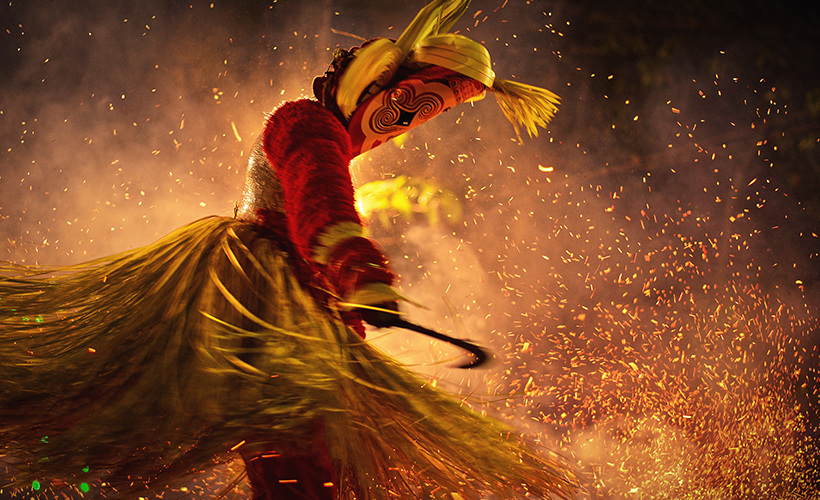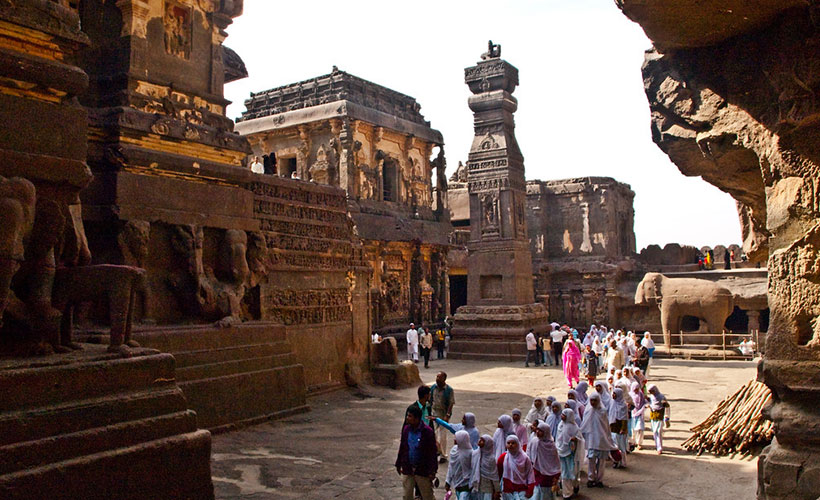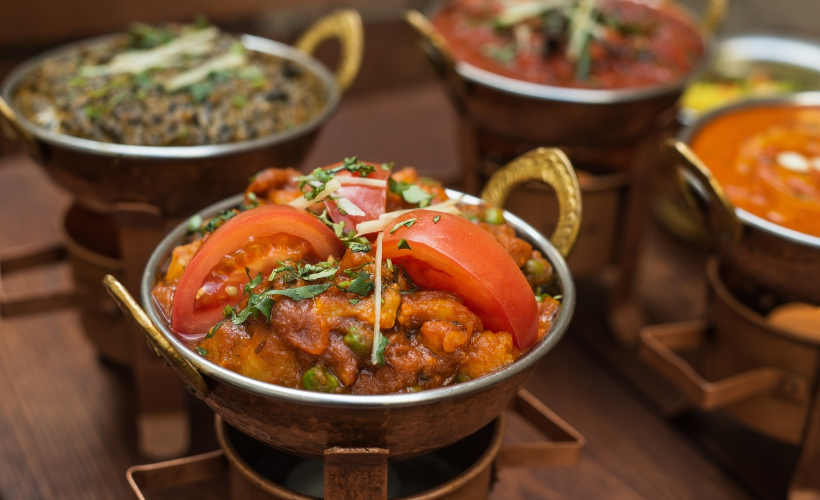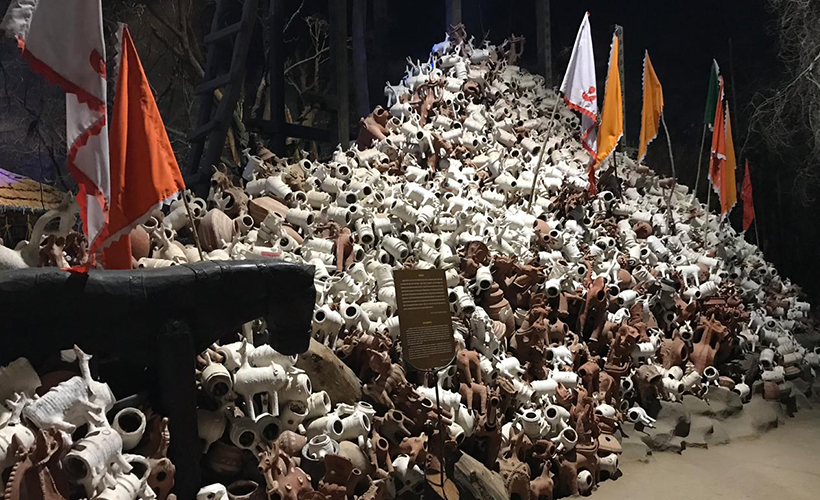
The Indian state of Madhya Pradesh borders five other Indian states, making the area a hub of cultural diversity. The Tribal Museum in Bhopal, Madhya Pradesh is India’s first museum of its kind and gives visitors an immersive experience of local tribal culture. A total of six galleries exhibit the lifestyles of the seven main tribes of Madhya Pradesh – Gond, Bhil, Korku, Baiga, Sahariya, Kol, and Bhariya.
Each gallery is themed, displaying myriad forms of artworks and exhibits that can only be properly appreciated and understood with some basic knowledge of the tribes and their history. So, our advice is to ensure you request for a copy of one of the museum’s colourful brochures or download it from their website. Aside from this, plays, musical performances, and cultural dances at the museum’s amphitheatre give you a real inside look at tribal life and culture.
For now, here’s a mini walk-through of what each gallery has to offer:
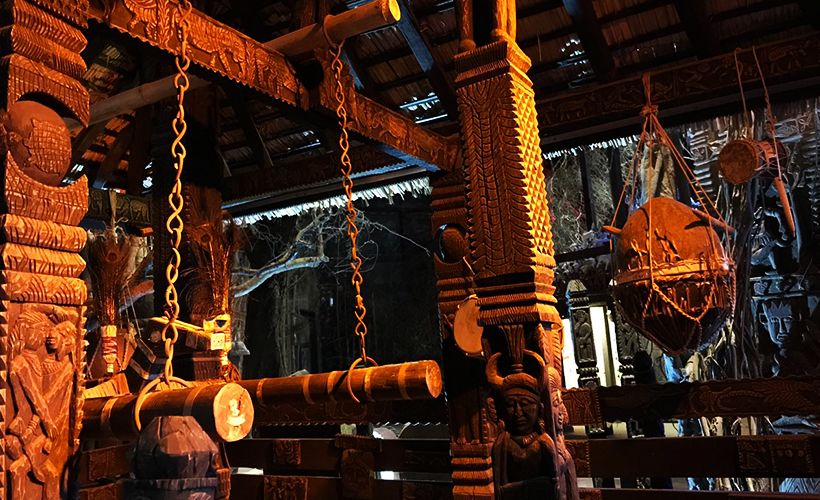
Cultural diversity
As mentioned, Madhya Pradesh is a melting pot of various cultures, and this cultural diversity is the theme of the first gallery. It features a map of the state with depictions of the geographical areas where the main tribes live. At the centre of the gallery is a large banyan tree – both the state tree and the state’s emblem. A staircase leads up to ramps from which you can get a holistic view of the map representation.
Tribal lifestyle
The tribal lifestyle gallery is an open courtyard with representations of traditional homes from five tribes. These tribes are the Gond, Baiga, Saharia, Bhil, and Korku tribes. These replicas built using the same architectural styles and natural material that the tribes use to build their own homes.
Besides attempting to create a realistic representation of these traditional homes, the museum has also recreated the surrounding landscapes. A Bhil tribal home, for example, is found on a hillock, indicating the isolation that this tribe lives in.
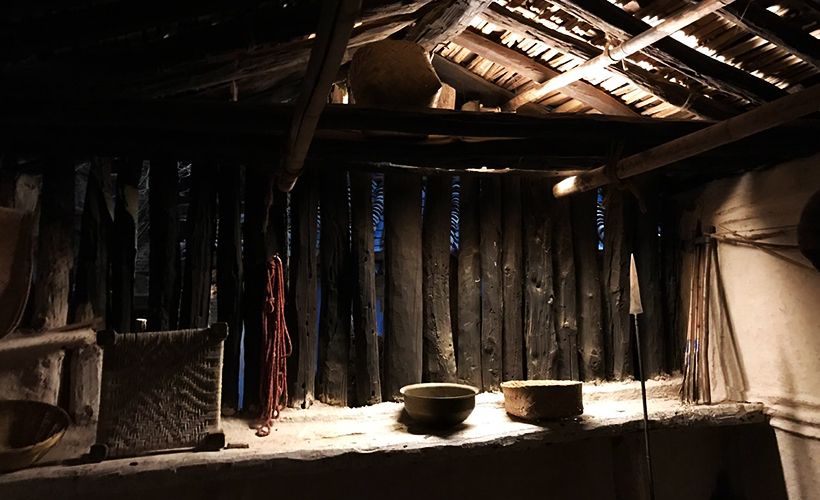
In order to maximise the use of space, the homes are constructed in such a way that they effortlessly flow into each other. You might enter a Baiga house and find the exterior of a Bhil-style home when you exit on the other side. This gallery is actually the remains of a fort once inhabited by Gond kings.
For those of you wish to visit ecotourism destinations within India, you’re in luck (and Madhya Pradesh is on the list!):
11 Offbeat Travel Destinations For Eco Tourists In India
Tribal aesthetic
In this gallery, four intricately carved trees surround an octagonal wedding canopy. As beautiful as they look, towering over everything, these four trees have spiritual meaning and represent the origin of life, the life cycle, life in totality, and eternity. Important rituals and traditions relating to different phases during life and death are depicted here.
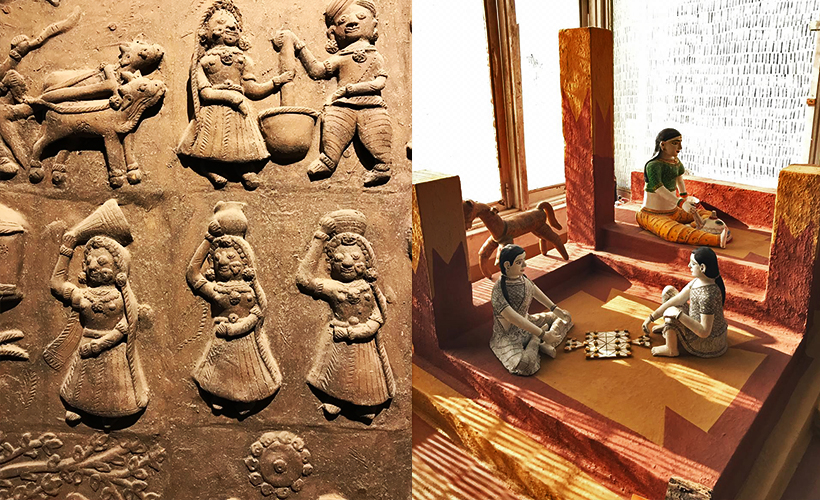
Marriage rituals and symbols are engraved on trees while terracotta images show the Bhil tribe’s death rituals. A large image of a ceremonial wedding bangle can be seen in the gallery. Traditionally, the bangle is too small to wear and decorated with symbols of fertility and is given as a blessing to new brides.
Rituals aside, the tribes are all very artistic, bringing beauty to the mundane. Everything from brooms to grinding stones are beautifully adorned and decorated, and you can appreciate them here.
The spiritual world
While it’s believed that the deities dwell wherever they want and cannot be confined temples, the presence of gods and goddesses are represented through a number of objects. Raised platforms, stones, flags, sticks, and mounds can all represent the presence of divine beings. This gallery explores the spirit realm.
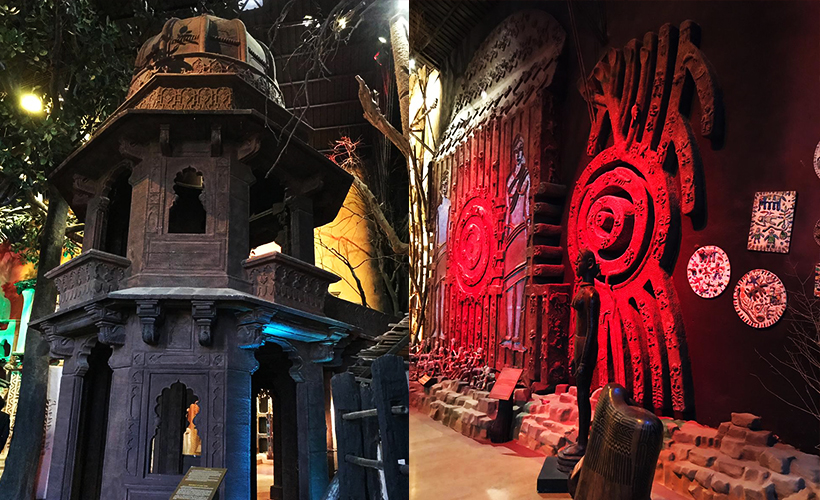
Of course, divine beings have no tangible form, thus tribal communities practice their worship through signs, symbols, and images. These are only mere representations of a much greater intangible and immeasurable force that’s being worshipped. It’s for this reason that there are no shrines or temples built for the gods. Instead, you’ll find depictions of worship of Mother Earth.
What’s great about this gallery is that it showcases representations of spirits both good and bad. The tribes believe that spirits inhabit nature. This includes the souls of ancestors. Wandering spirits and gods. An atmosphere of mysticism hangs in the air as visitors are encouraged to experience the spiritual world as the tribes do.
Guest state – Chhattisgarh
Gallery 5 is dedicated to guest states and currently houses exhibits on the tribes of Chhattisgarh that used to be a part of Madhya Pradesh but is now an independent state. Every year, Chhattisgarh hosts Dussehra, a Hindu festival. The festival lasts 75 days, and each year, a new chariot is built for it. It’s fitting then, that a Dussehra chariot takes centre stage in this gallery.
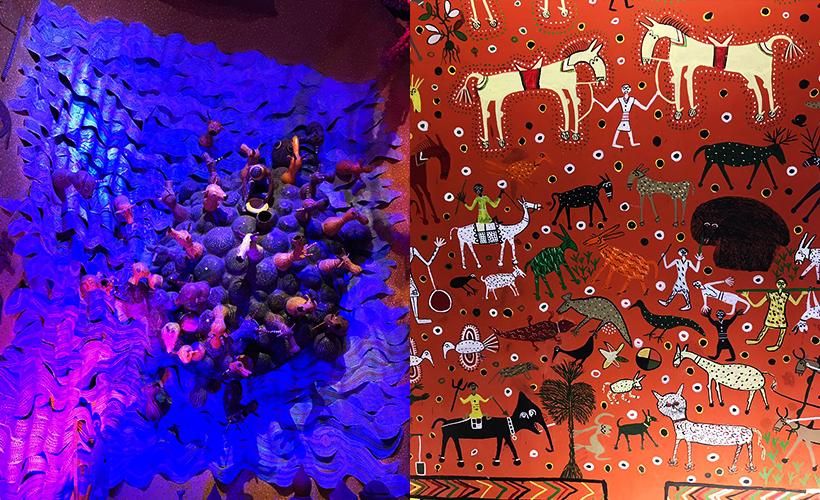
Exhibition Gallery
Last but not least is the exhibition gallery that highlights the sports and games played by tribal communities. Through playing, children learn to hunt, fish, dance, and sing. They also learn about the importance of nature.
All the toys you’ll see on display are made from natural materials that are readily available. For instance, old clothes are used to make balls while other sporting equipment are made from stone, wood, and bamboo. Terracotta and iron figurines illustrate how some of the games are played while there are photographic depictions of others. A day spent here is truly a unique way of seeing what life is like in Madhya Pradesh.

